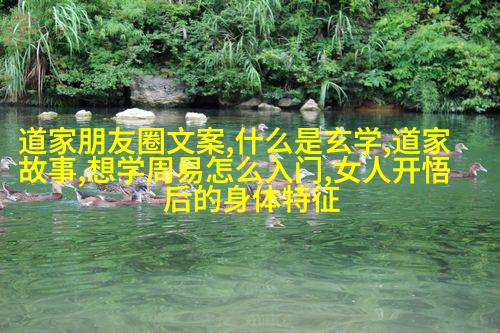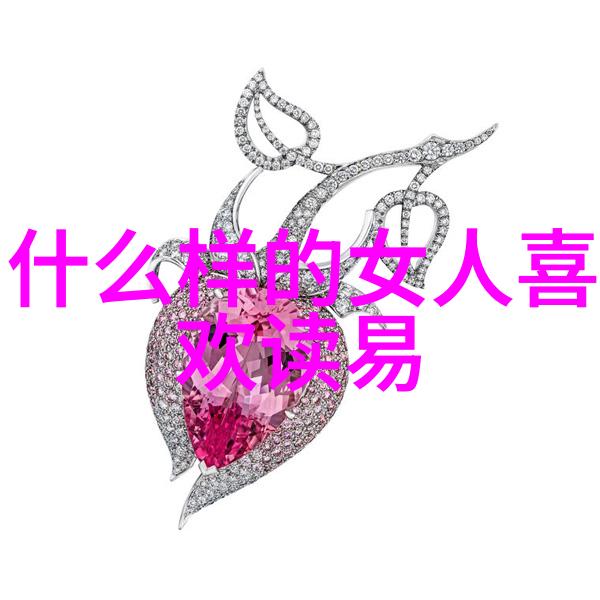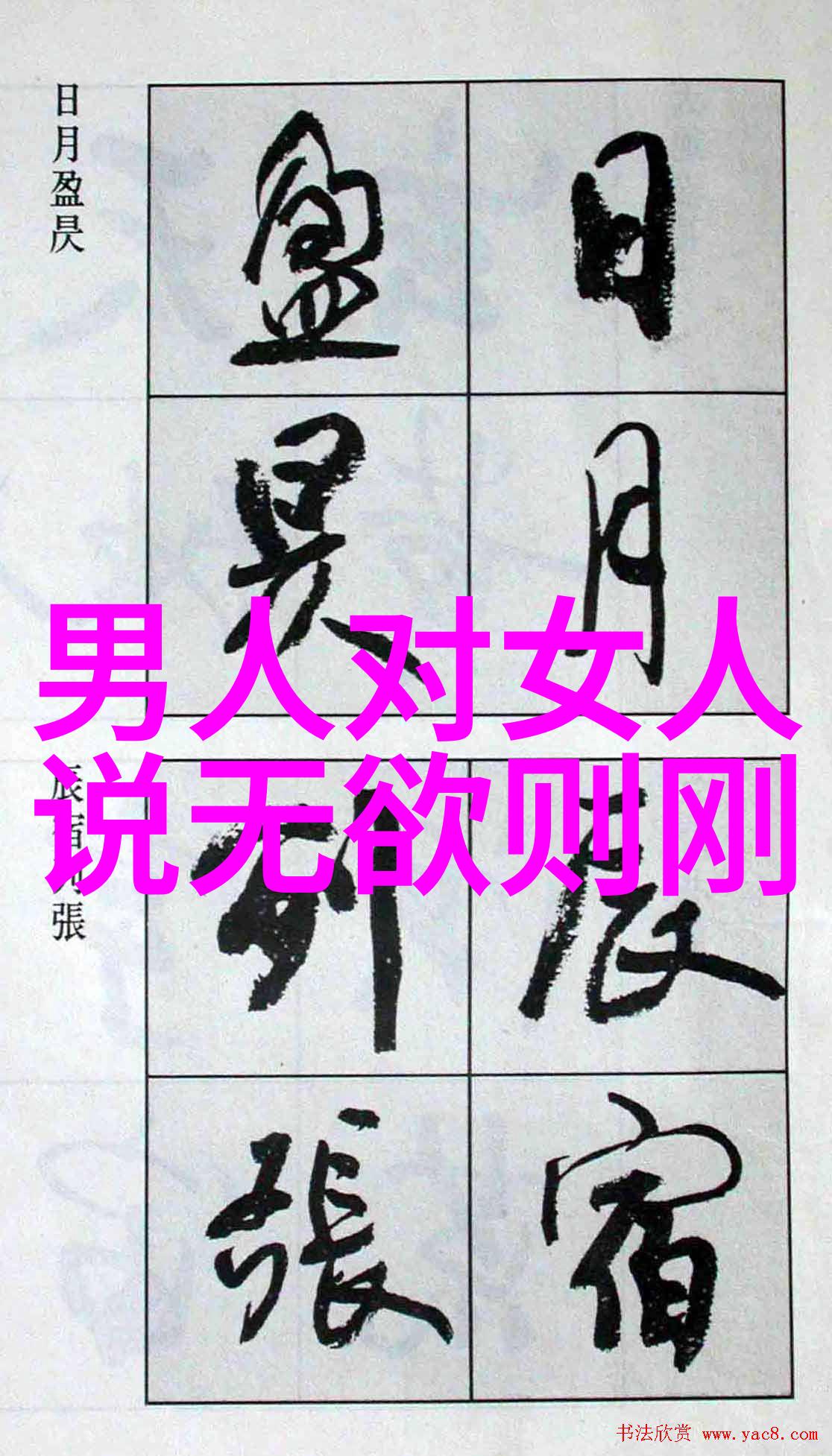湖北恩施“女儿会”迎亲民俗盛况300年来,“女儿会”在恩施民间一直非常活跃,自上世纪80年代以后,恩施市委、政府的直接介入,“女儿会”进入到一个新的发展阶段,不仅多次在省、州电视台展示过风采,而且与清江国际闯滩节、民俗风情旅游节以及硒都魔芋节和茶叶节结伴而行,既为经贸、文化、旅游事业增添了光彩和魅力,也使“女儿会”本身成长为恩施民族文化的台柱和令山外人心动目眩的艺术奇葩。 恩施土家族女儿会,简称恩施女儿会,发端于恩施市的石灰窑和大山顶。两地分别为恩施市东、西两个1800米的高寒山区,两地因分别出产名贵中药材(当归、党参)而成为享誉中外的药王之乡,同时两地也分别孕育了奇特婚俗“女儿会”,而成为女儿会的故乡。此俗一直承传不嬗,迄今已近300年。石灰窑和大山顶均属恩施市辖地,且全市多为土家族,故将人们习惯称呼的女儿会称为“恩施土家族女兒會”。 “female wedding custom in Enshi, Hubei: A Celebration of 300 Years”

The "Enshi Tujia Women's Festival" has been a vibrant part of the local culture for over 300 years. Since the 1980s, with the direct involvement of Enshi Municipal Committee and Government, this festival has entered a new era. It has not only been showcased on provincial and state television multiple times but also partnered with events like the Qingshui International Sand Sculpture Festival, Folk Culture Tourism Festival, Yudu Mushroom Festival, and Tea Leaf Festival to enhance the beauty and allure of trade, culture, and tourism. As such, "Enshi Tujia Women's Festival" has become an iconic symbol of Enshi ethnic cultural heritage that captivates outsiders.
Originating from two mountainous regions in Enshi City - Shiqiao (Stone Cave) and Dashanping (Big Mountain Peak), these areas are both located at an altitude of around 1800 meters above sea level. Both regions are renowned for producing high-quality traditional Chinese medicines (Angelica sinensis or Dang Gui; Codonopsis pilosula or Denshen). These places have given birth to a unique marriage tradition called "Female Wedding Custom", which makes them the cradle of this festival.

This ancient custom has continued without interruption for nearly three centuries. Both Shiqiao and Dashanping fall within the jurisdiction of Enshi City administration since they are predominantly inhabited by members belonging to various minority groups such as Tujia people who make up most parts of city population due to their geographical location.
The "Female Wedding Custom" is considered one-of-a-kind regional ethnic celebration that represents an essential aspect of traditional folk customs in China. Held annually between July 7th to July 12th according to lunar calendar during which period young women gather from all over town dressed in their finest attire adorned with ornaments made from precious materials including gold jewelry items adorning necklaces while carrying bundles filled with locally-grown produce displayed along streetside stalls where they wait patiently hoping someone special would come forward seeking affection through song exchange under auspices guided by fate’s whispers

In recent years it had gained popularity across different towns becoming more than just a simple event but something much bigger – it became known as 'the oriental Valentine Day' showcasing unity & love among young couples celebrating each other's presence amidst festivities creating memories that last forever



